#jon mikel
Photo
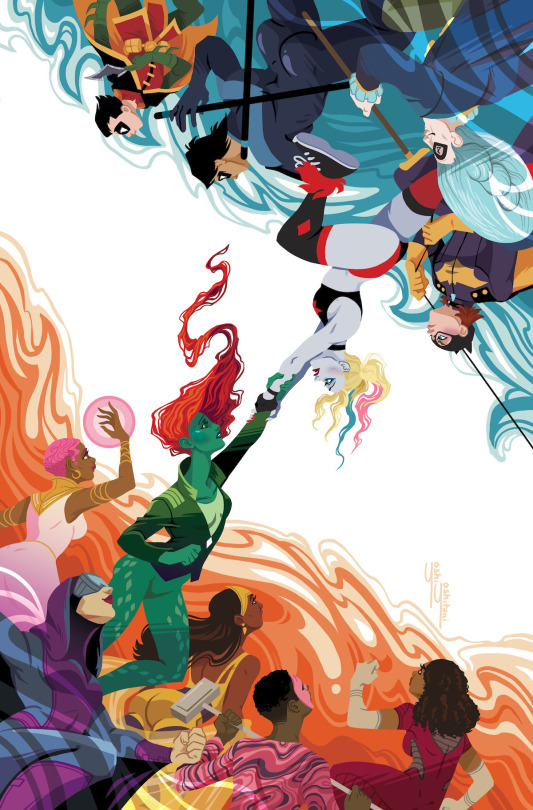


Harley Quinn The Animated Series: Legion of Bats! #3 by Tee Franklin and Jon Mikel. Cover by Yoshi Yoshitani. Variant covers by (2) Dan Hipp and (3) Reilly Brown. Out in December.
“Harley Quinn and Poison Ivy, a.k.a. Harlivy, a.k.a. the DCU’s most favoritest couple. They’re inseparable, right? Right? Well, maybe not. While Ivy focuses on prepping for her new job with the Legion of Doom and Harley dives mallet-first into her role as a member of the Bat-Family, the DCU’s most favoritest couple find themselves stretched thin. But are they at their breaking point?”
#harley quinn the animated series: legion of bats!#harley quinn: the animated series#harley quinn#harleen quinzel#poison ivy#pamela isley#harlivy#harley x ivy#ivy x harley#dc comics#tee franklin#jon mikel#yoshi yoshitani#dan hipp#reilly brown#variant cover#comics
211 notes
·
View notes
Photo





The Jurassic League 4 #
12 notes
·
View notes
Text
Preview: Harley Quinn: The Animated Series - Legion of Bats #4 (of 6)
Harley Quinn: The Animated Series - Legion of Bats #4 preview. Harley finds herself assisting Batgirl on an important mission that goes horribly awry #comics #comicbooks #harleyquinn
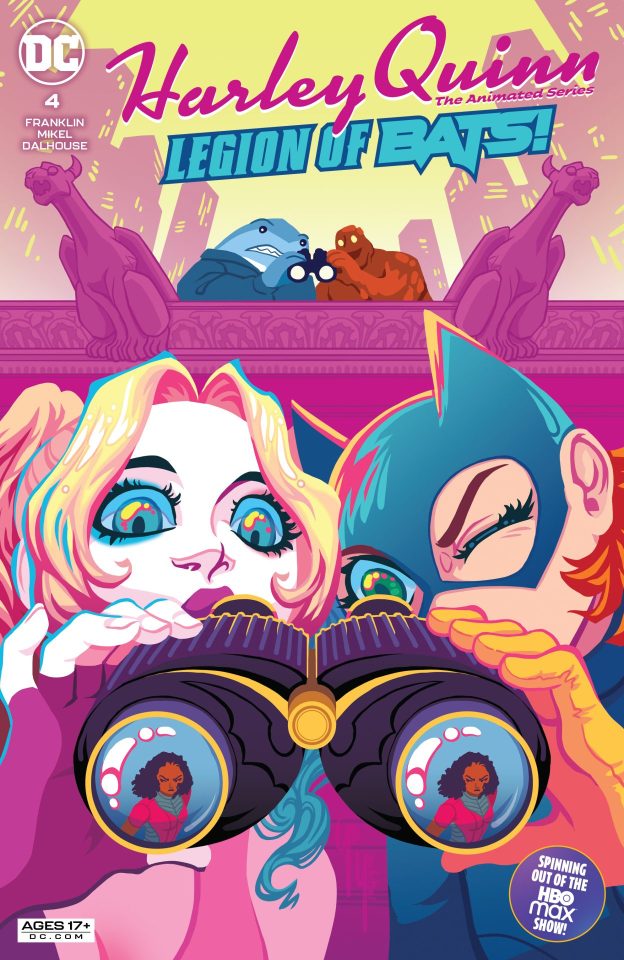
View On WordPress
#comic books#Comics#dc comics#harley quinn#harley quinn: the animated series#harley quinn: the animated series legion of bats#jon mikel#shae beagle#tee franklin
2 notes
·
View notes
Text
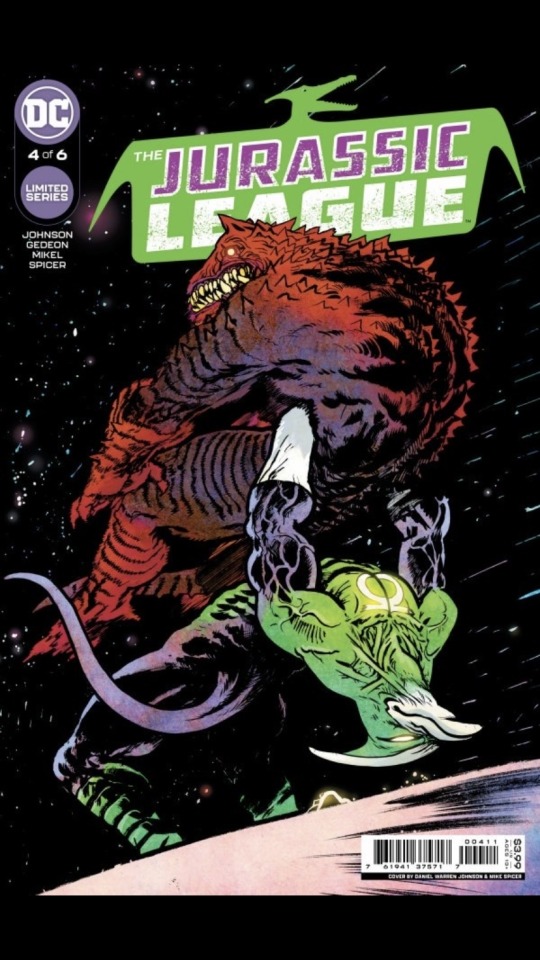
Cave math
#Jurassic League#juan gedeon#daniel warren johnson#jon mikel#mike spicer#ferran delgado#katie kubert#dc#justice box
1 note
·
View note
Text
barbara gordon in batgirl (2011) by gail simone covers pt. 2


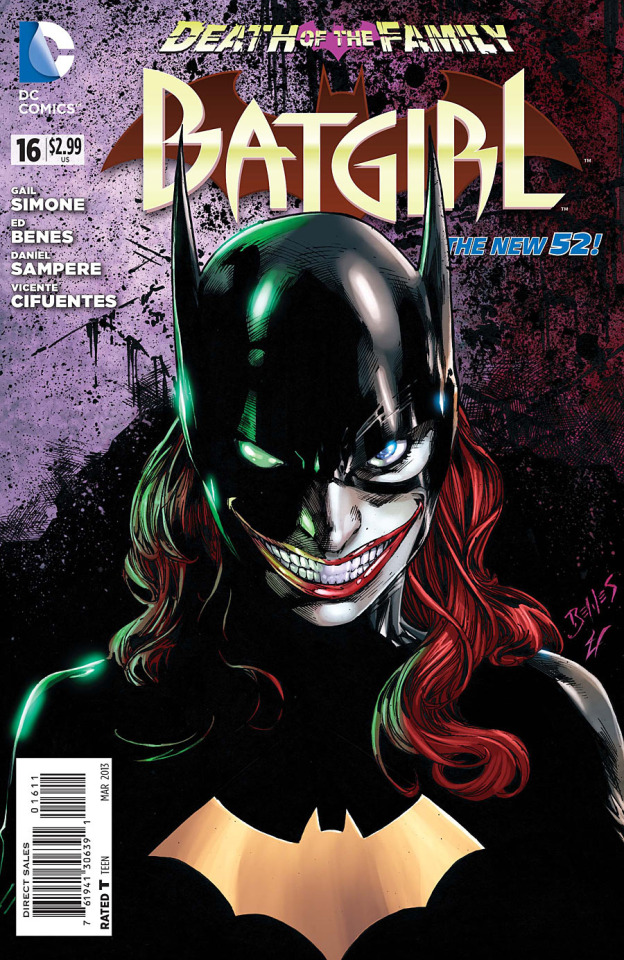
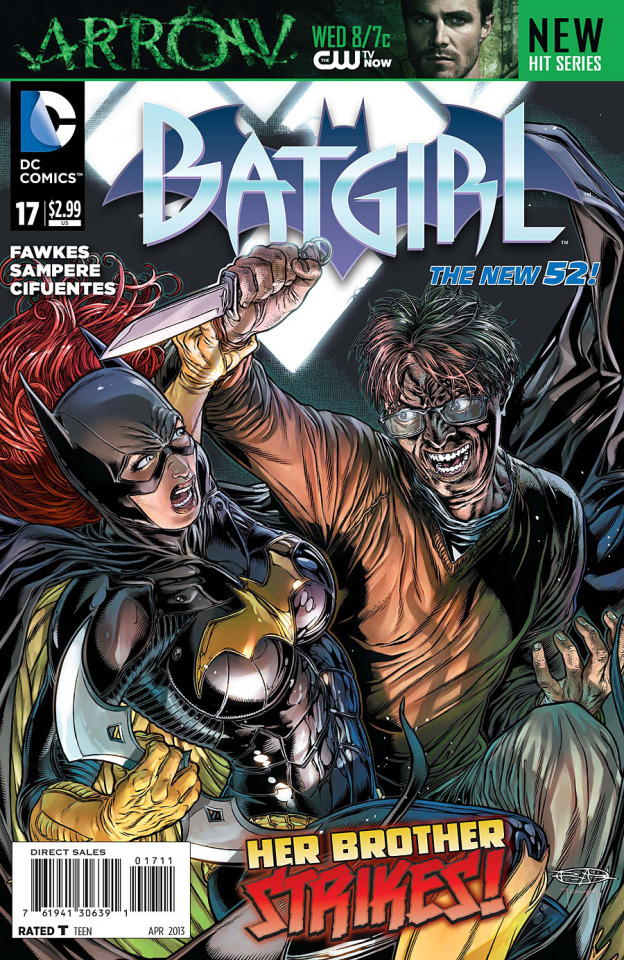






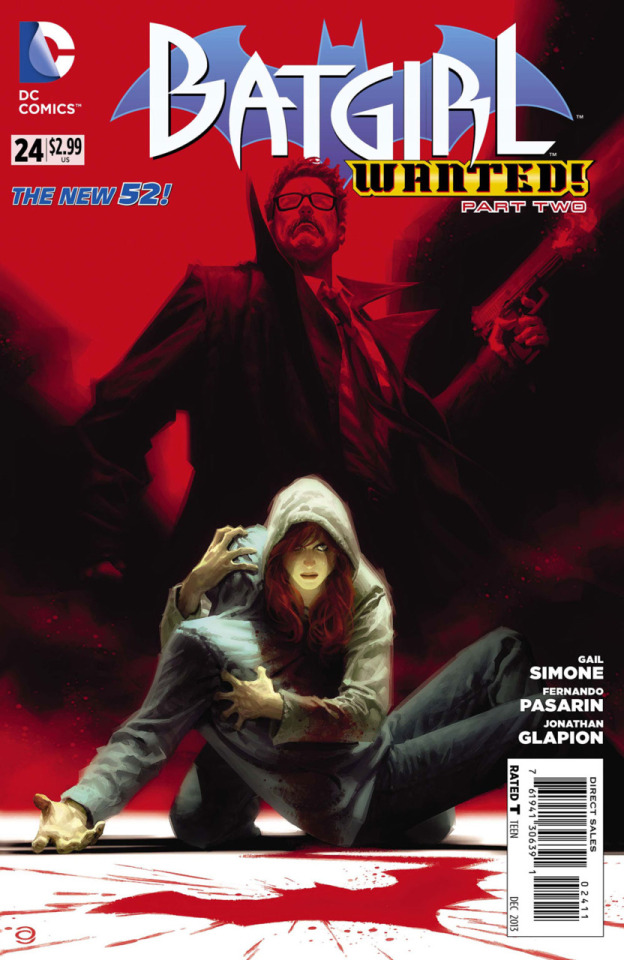
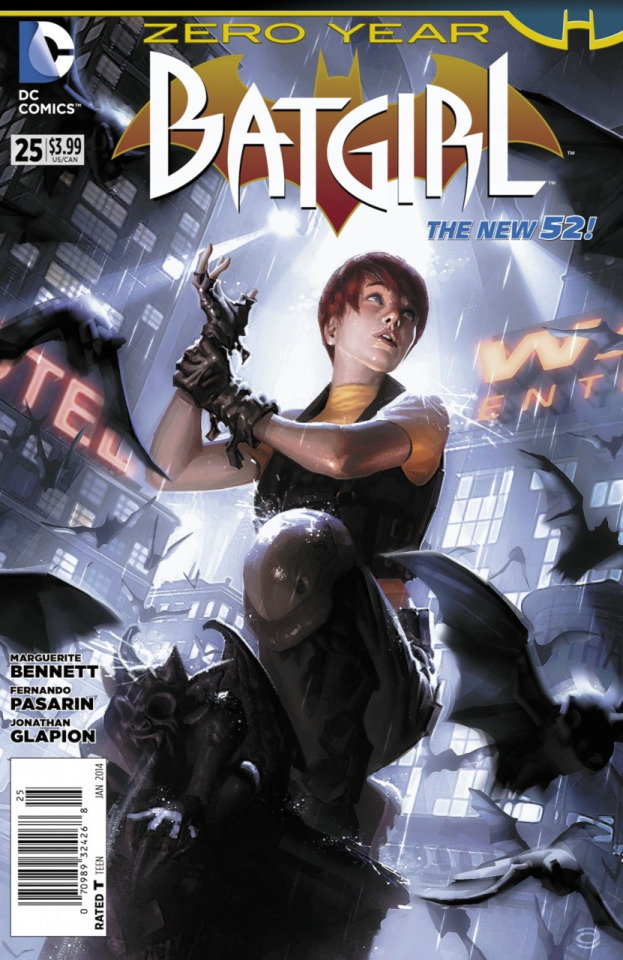



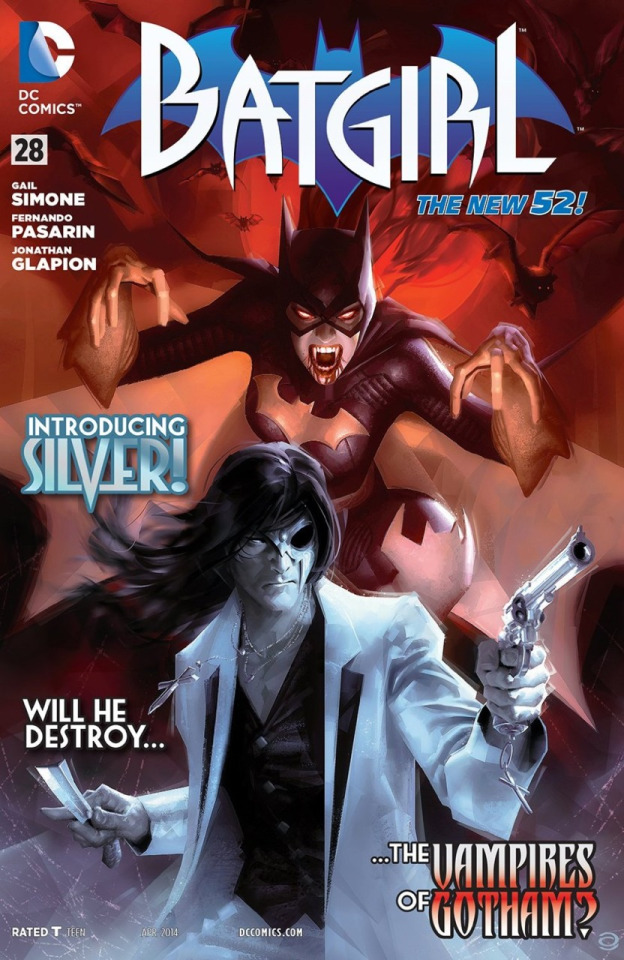
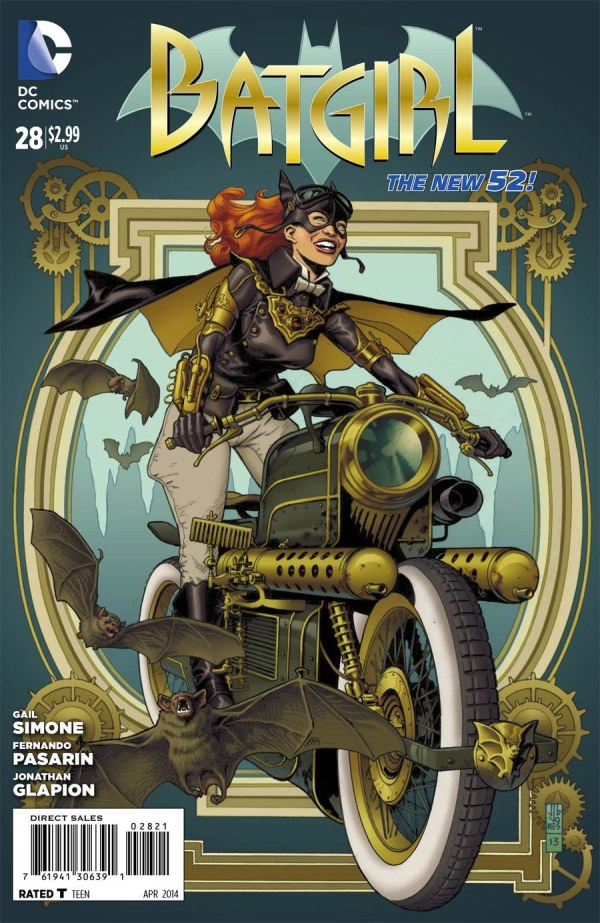
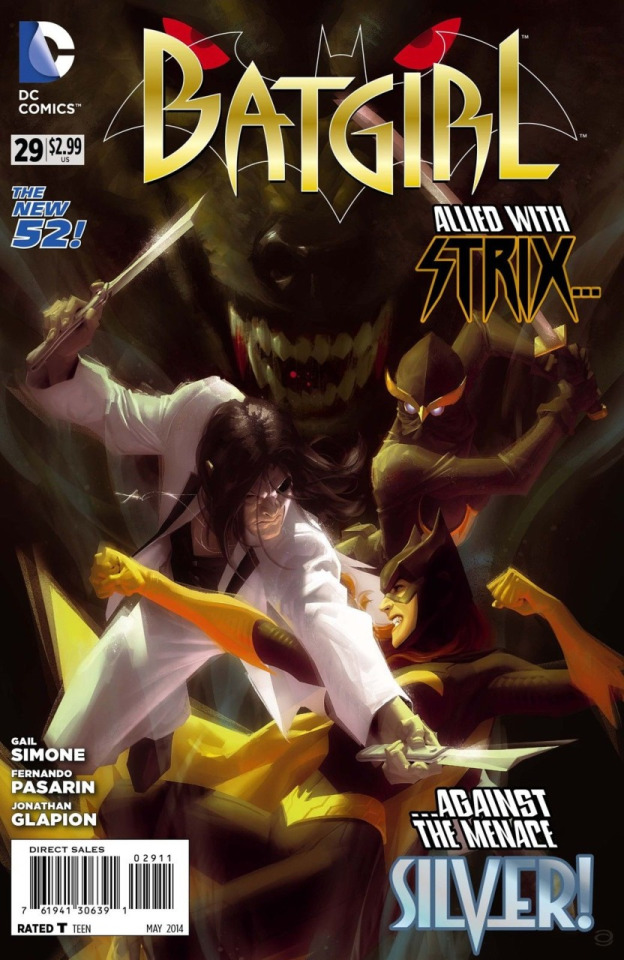
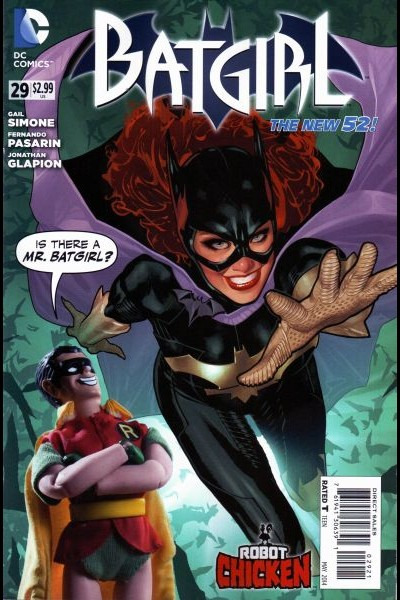


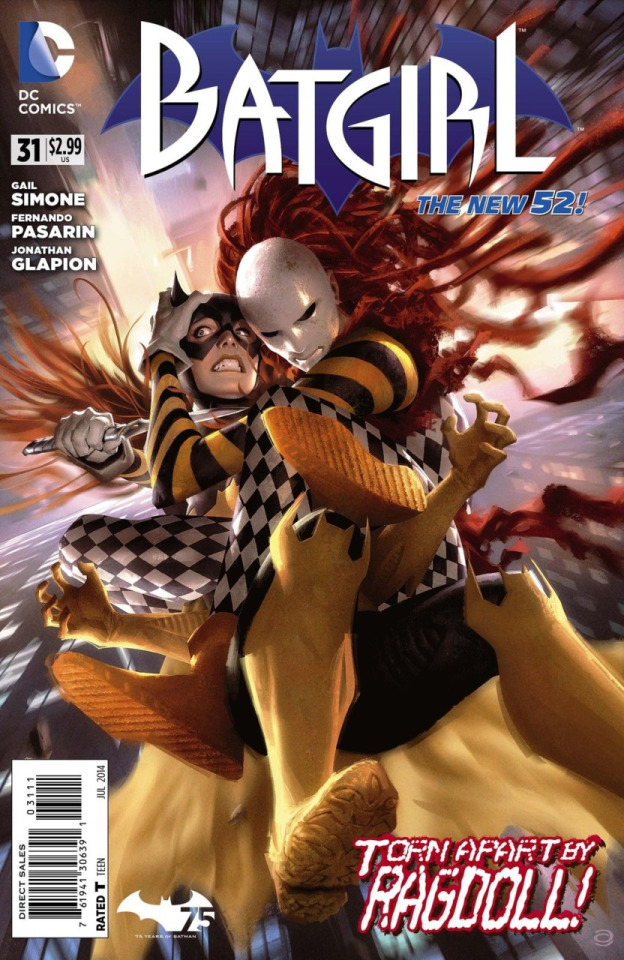
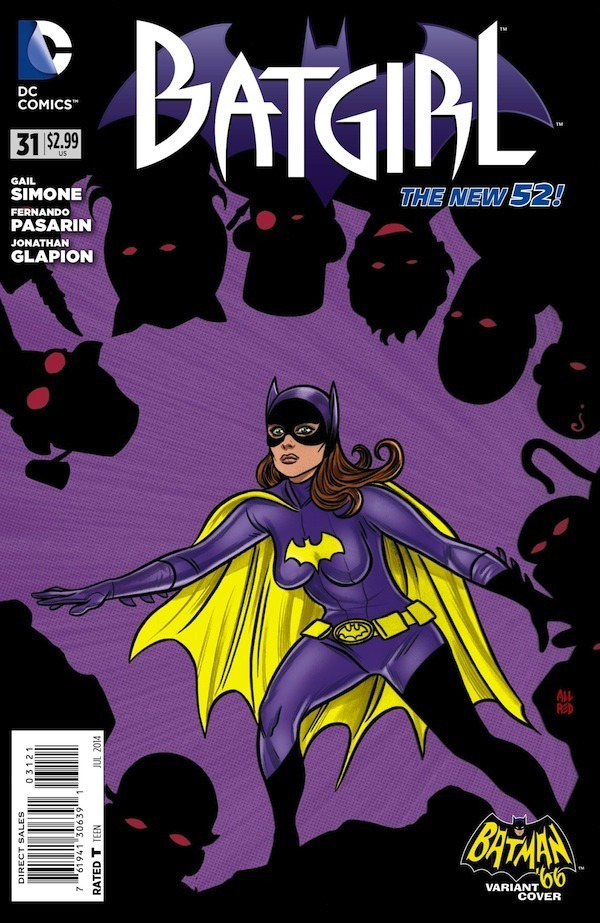

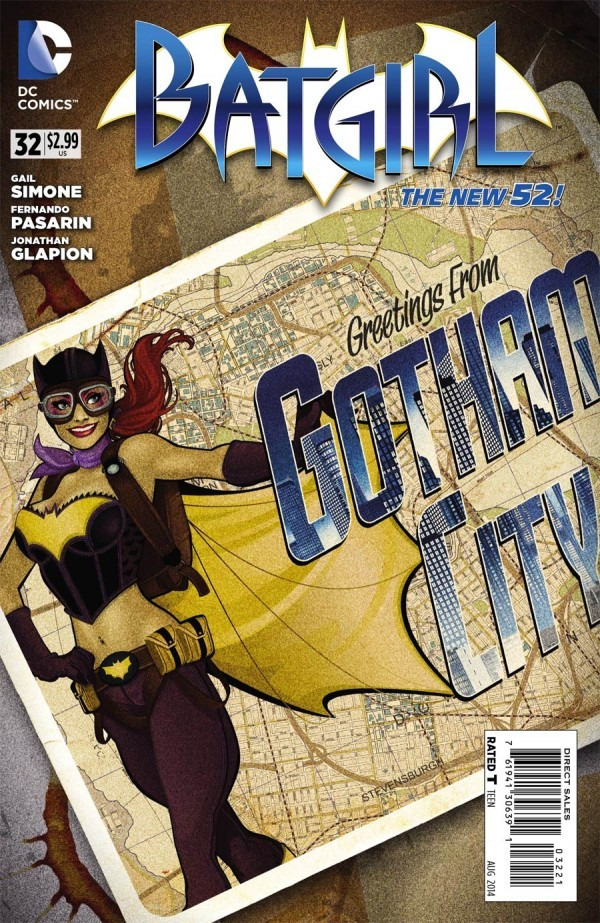
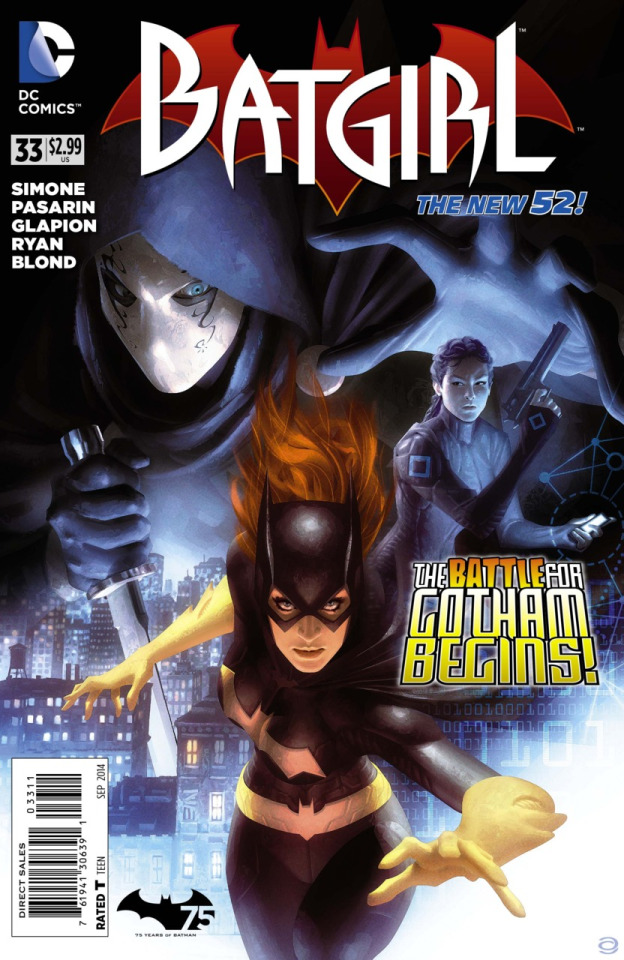
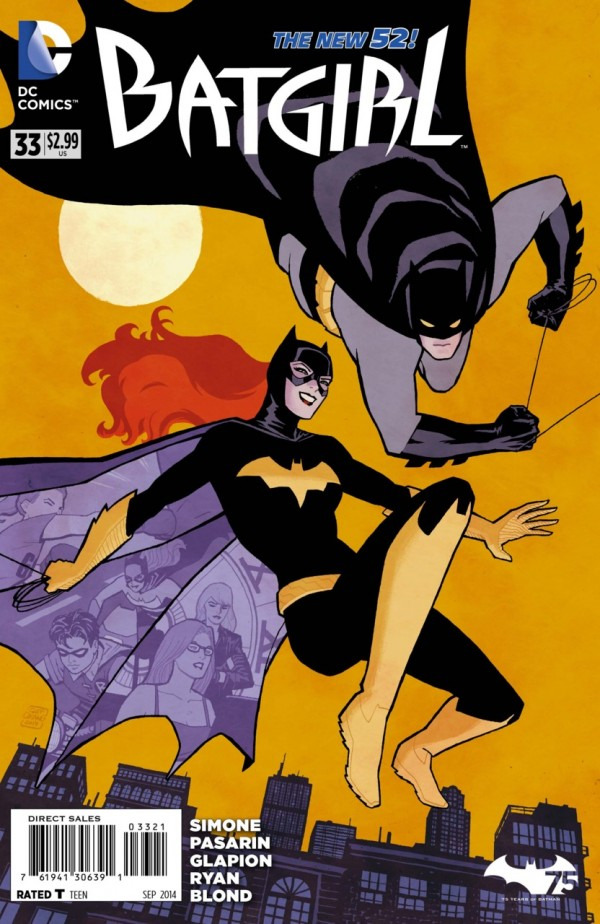
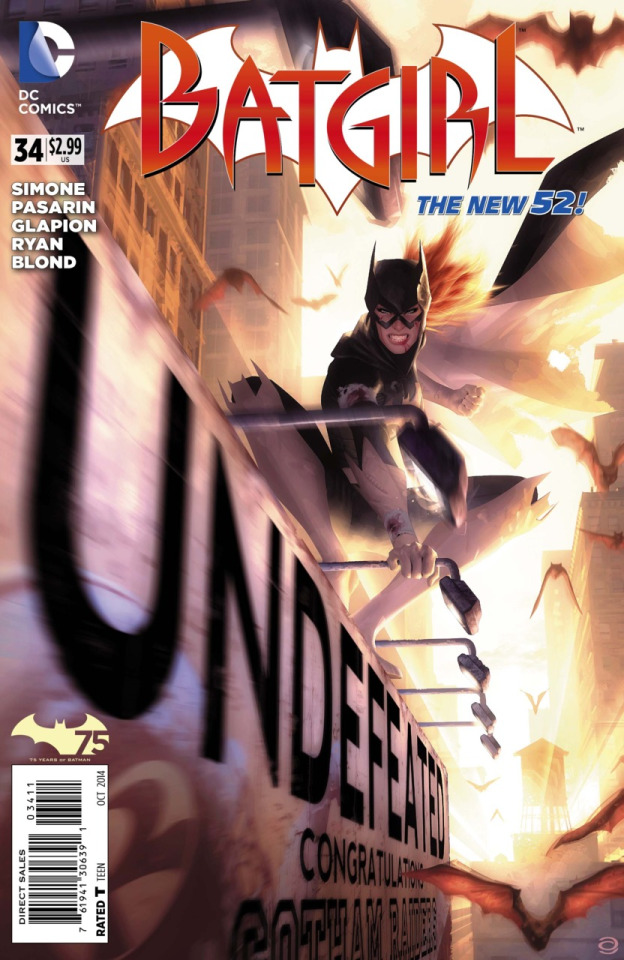

#barbara gordon#batgirl#written by: gail simone#art by: ed benes#art by: ulises arreola#joker#art by: tomeu morey#art by: juan jose ryp#art by: mikel janin#art by: marcelo maiolo#art by: eddy barrows#art by: eber ferreira#art by: blond#art by: alex garner#art by: jon katz#art by: trish mulvihill#art by: j.g. jones#art by: rc stoodios#art by: clay mann#art by: paul mounts#art by: michael and laura allred#art by: ant lucia#art by: cliff chiang#art by: michael wm. kaluta#art by: dave johnson#i kinda dig the white suit#jim gordon#robin#james gordon jr.#dc comics
8 notes
·
View notes
Photo

#team photos 2009–2010#Claudio Bravo#Mikel Labaka#Mikel González#Carlos Bueno#Xabi Prieto#Jon Ansotegi#Antoine Griezmann#Dani Estrada#Gorka Elustondo#Mikel Aranburu#Diego Rivas#2009.11.29 — Liga 2 2009–2010 / J14 — Rayo Vallecano 3 – 3 Real Sociedad
6 notes
·
View notes
Video
youtube
How Arteta finally beat Man City
#tifo irl#football#tactical analysis#arsenal#manchester city#mikel arteta#pep guardiola#jj bull#jon mackenzie#video
0 notes
Text
Snappy Cold Duck Time Mikell's Jon Hammond Late Rent Session Men
#WATCHMOVIE HERE: Snappy Cold Duck Time Mikell's Jon Hammond Late Rent Session Men
Jon's archive https://archive.org/details/snappy-cold-duck-time-mikells-jon-hammond-late-rent-session-men
Youtube https://youtu.be/a_W8Vp1Tta0
FB https://www.facebook.com/558692101/videos/6655299407814029/
Instagram https://www.instagram.com/p/CtcRstBM5Fq/
Snappy Cold Duck Time Mikell's Jon Hammond Late Rent Session Men
by
Jon Hammond


Publication date
2023-06-13
Usage
Attribution-NonCommercial-NoDerivs 4.0 International




Topics
Mikell's, Jazz Session, Bernard Purdie, Cold Duck, Jon Hammond, Barry Finnerty, Alex Foster, Snappy, Funky, Rhythm Section, Hammond B3, 1989
Language
English
Snappy Cold Duck Time Mikell's Jon Hammond's Late Rent Session Men: Bernard Pretty Purdie, Chuggy Carter Leslie J. Carter, Alex Foster, Barry Finnerty, Jon Hammond at 1959 B3 -
Camera: Joe Berger - Bernard is doin' the tighten up on Eddie Harris' Cold Duck Time - Barry said "Eddie Harris wrote it apparently when he wanted to go to the liquor store."
Summer of 1989 Jon Hammond Band
#mikells
#coldduck
#organcombo
#TightenUp
#bernardpurdie
#hammondb3
#jazzclub
Panasonic PV-430D #Panasonic
Addeddate
2023-06-13 19:02:38
Identifier
snappy-cold-duck-time-mikells-jon-hammond-late-rent-session-men



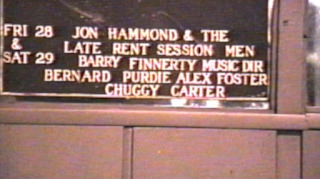
Mikell's, Jazz Session, Bernard Purdie, Cold Duck, Jon Hammond, Barry Finnerty, Alex Foster, Snappy, Funky, Rhythm Section, Hammond B3, 1989
Language
English
Mikell's, Jazz Session, Bernard Purdie, Cold Duck, Jon Hammond, Barry Finnerty, Alex Foster, Snappy, Funky, Rhythm Section, Hammond B3, 1989 Language English
#Mikell's#Jazz Session#Bernard Purdie#Cold Duck#Jon Hammond#Barry Finnerty#Alex Foster#Snappy#Funky#Rhythm Section#Hammond B3#1989#Language English
0 notes
Photo
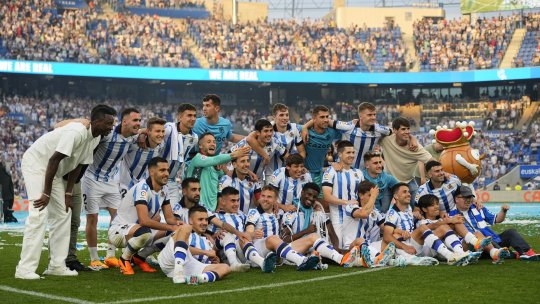
#celebrations#group photos#2023.06.04 — Liga 2022–2023 / J38 — Real Sociedad 2 – 1 Sevilla FC#Sadiq Umar#Álex sola#Beñat Turrientes#Martín Zubimendi#Unai Marrero#Carlos Fernández#Jon Pacheco#Andoni Zubiaurre#Alexander Sørloth#Aritz Elustondo#Txurdin#Mikel Merino#Brais Méndez#Álex Remiro#Andoni Gorosabel#Ander Barrenetxea#Mikel Oyarzabal#Asier Illarramendi#Robin Le Normand#Mohamed-Ali Cho#Igor Zubeldia#Robert Navarro#Ander Guevara#Aihen Muñoz#Take Kubo#Diego Rico#RS2023Z1
0 notes
Text
"Shot or Firework?" [Xahu Gero Gerokoak (Errabal Jazz, 2022)] Por Pachi Tapiz. JazzX5 #534 [Minipodcast de jazz]
“Shot or Firework?” [Xahu Gero Gerokoak (Errabal Jazz, 2022)] Por Pachi Tapiz. JazzX5 #534 [Minipodcast de jazz]
“Shot or Firework?”
Xahu: Gero Gerokoak (Errabal Jazz, 2022)
Josu Salegi, Mikel Nuñez, Jon Ander Amigo, Unai Olabarri
Tomajazz: © Pachi Tapiz, 2022
Escuchar Xahu Gero Gerokoak: “Shot or Firework?”
En anteriores episodios de JazzX5 / HDO / LODLMA / Maltidos Jazztardos / Tomajazz Remembers /JazzX5 Centennial…
JazzX5#373. Noa Lur: «Martin Galox» [Gaur (Errabal Jazz, 2021)] [Minipodcast de jazz] Por…

View On WordPress
#Errabal Jazz#Jazz Para Ti#Jon Ander Amigo#Josu Salegi#Mikel Núñez#Pachi Tapiz#Unai Olabarri#Xahu Gero Gerokoak
1 note
·
View note
Text
Cinco lobitos
★★★★★
Aunque en su etimología latina, lo inaudito es lo no escuchado, aquello que nos resistimos a verbalizar, en la segunda acepción que recoge la RAE para el término encontramos esto: «que no puede admitirse o tolerarse y merece ser rechazado». Puede que así de sopetón resulte extraño, pero ambos significados se encuentran íntimamente ligados en Cinco lobitos, el primer largometraje de Alauda…
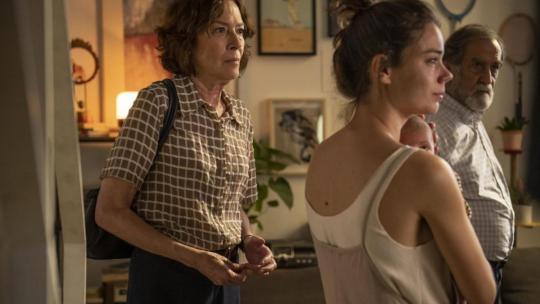
View On WordPress
#Alauda Ruiz de Azúa#Amber Williams#Aránzazu Calleja#Asier Valdestilla García#Elena Sáenz#Isidoro Fernández#Jon D. Domínguez#José Ramón Soroiz#Juana Lor Saras#Justi Larrinaga#Laia Costa#Leire Ucha#Lorena López#Mikel Bustamante#Nerea Arriola#Ramón Barea#Susi Sánchez
1 note
·
View note
Photo


Harley Quinn: The Animated Series: Legion of Bats! #6 (2023)
written by Tee Franklin
art by Jon Mikel & Andrew Dalhouse
243 notes
·
View notes
Photo




The Jurassic League 4 #
Darkyloseid is.
6 notes
·
View notes
Text
Preview: Harley Quinn: The Animated Series: Legion of Bats #6
Harley Quinn: The Animated Series: Legion of Bats #6 preview. Is Harley and Ivy's love strong enough to withstand these trials and tribulations? #comics #comicbooks #harleyquinn #poisonivy

View On WordPress
#comic books#Comics#dc comics#harley quinn#harley quinn: the animated seires legion of bats#harley quinn: the animated series legion of bats#jon mikel#tee franklin
1 note
·
View note
Note
Do you have a fancast for the batfam?
Ooo! Thank you SO MUCH, anon!!! I absolutely ADORE getting questions like this and I don't usually get them so this is such a treat! 😁
That being said....I don't exactly have a fancast for the batfam 😅 Instead, I tend to have a specific version of each character (mostly from a certain comicbook style) as a fancast if that makes sense.
However, I've put some thought into it and have a few ideas I'll put under the break if I were to cast them today. I'll also include the version of the character I usually picture when I write/read/think of the character.
Bruce Wayne/Batman
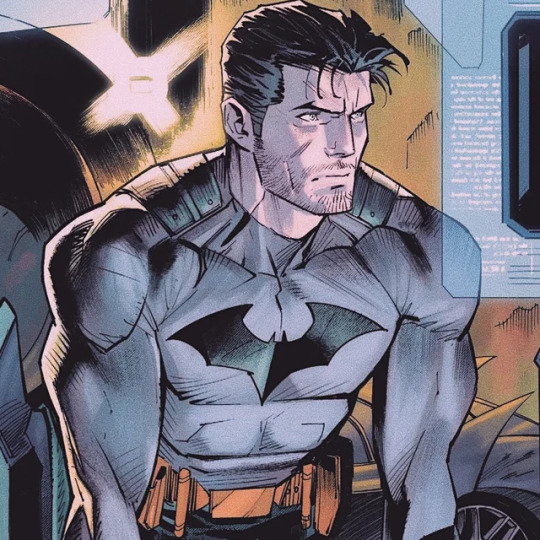
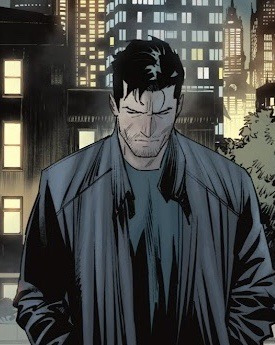

My go-to version of Bruce Wayne is the Dan Mora comic book one (though he sounds like Kevin Conroy in the Animated Series 😁).
For a fancast , I know it isn't an original opinion but I think Jensen Ackles would be a great choice. We missed out on him doing a live-action Jason Todd after his amazing voice work in Under the Red Hood, but I think he could really capture the duality of Batman & Bruce Wayne as well as show a third, more tender side when interacting with the Batfam.
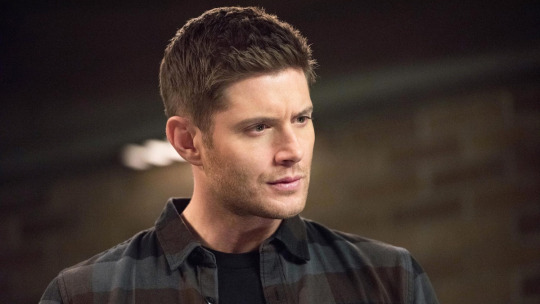


(Other options I like include Karl Urban and Jon Bernthal. Also, shout out to @mayhem24-7forever who first suggested Oscar Isaac to me as a possible Bruce Wayne and I LOVE that idea!)
Dick Grayson/Nightwing
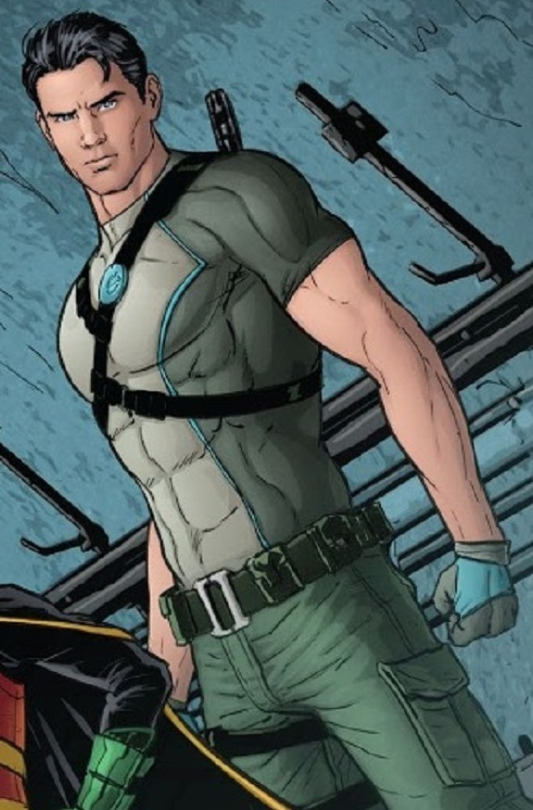


So this one is a little more complicated. My go-to version of Dick is the comics version by Mikel Janín. However, my Nightwing costume is the one by Bruno Redondo.
For the fancast, this one might be a little out there, but I really like Leo Howard for it. He hasn't done much acting recently, but he is known for his martial arts skills which would be a big plus for playing Dick/Nightwing.

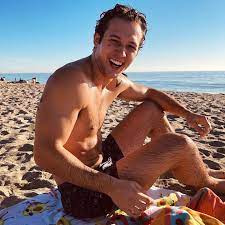

(Honorable mentions to Evan Evagora)
Jason Todd/Red Hood

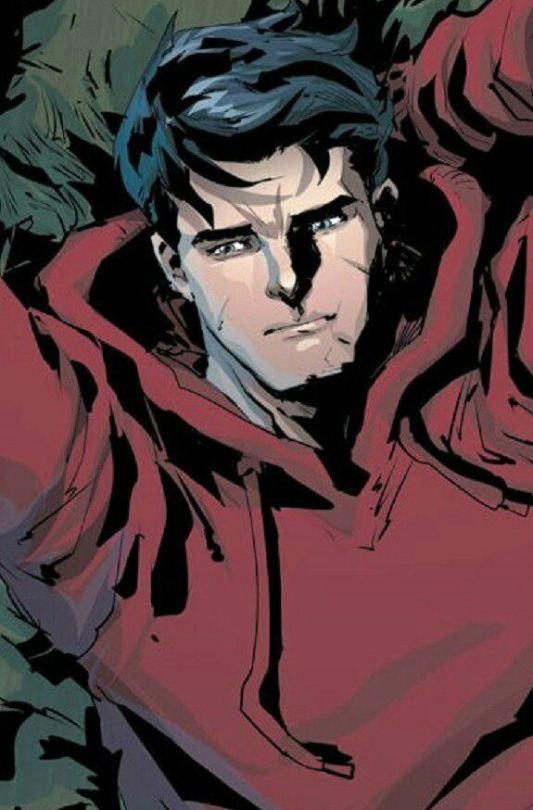

The Dexter Soy version of Jason is the one I always picture him as, especially the Red Hood costume (and it is still my dream to cosplay this one day).
For a fancast, I really like Tanner Buchanan for a post-death Jason. My only problem is he's too short! I need a 6ft+ Jason! But otherwise, I think he'd be great!
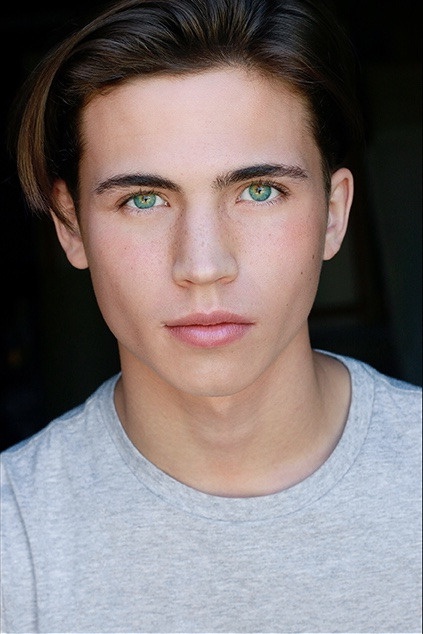

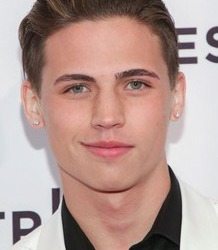
(Another choice I really like is Jacob Elordi)
Tim Drake/Red Robin


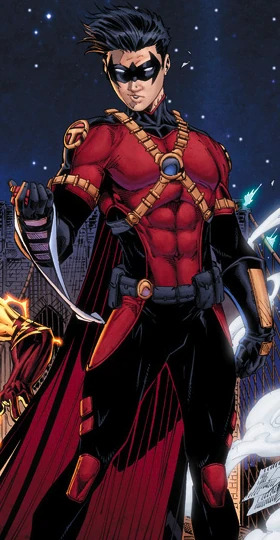
I had trouble finding the specific artists, but this is the version of Tim that I usually go to.
For a fancast, I'm leaning toward Griffin Gluck. He has a sort of presence or aura that feels very Tim to me.
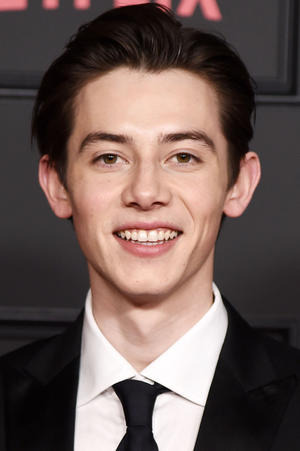
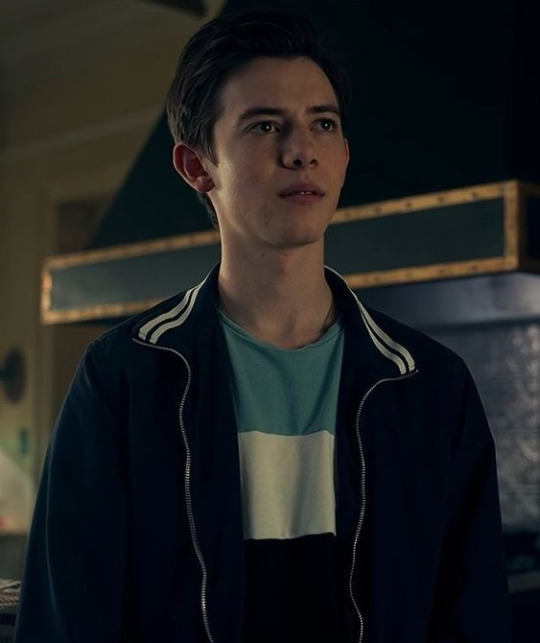

Damian Wayne/Robin


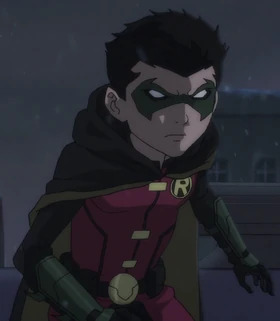
I am most familiar with Damian from the DC Animated films so that's usually what I picture him as.
For fancast, I think Carter Rockwood is perfect! And the fact he is already working on a short video playing Damian just solidifies it.
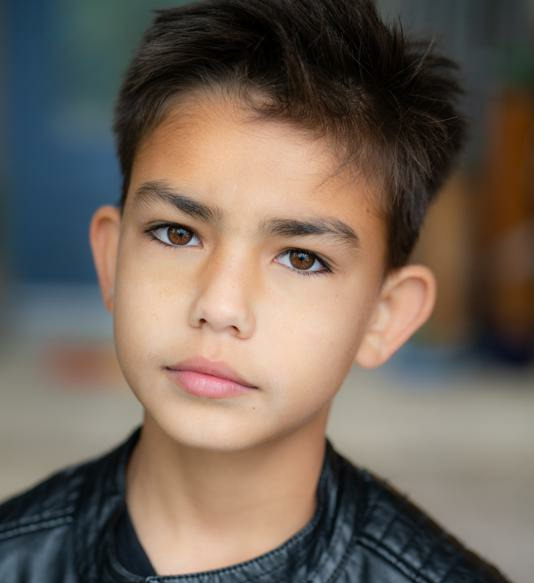


If anyone is interested in me continuing with more of the extended Batfam or any of the villains, please let me know and I would love to share! 🥰
#thanks!#anon ask#batman#batfam#fancast#batfamily#bruce wayne#dick grayson#nightwing#jason todd#red hood#tim drake#red robin#damian wayne#robin
56 notes
·
View notes
Text



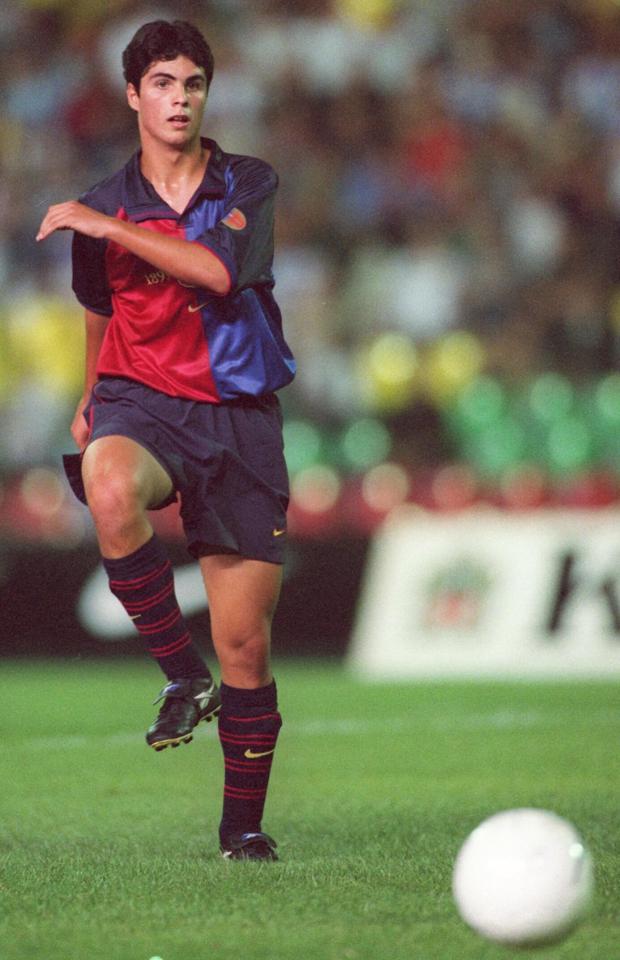

Mikel Arteta, the early years: 'Everyone knew he had a chance at Barca but Xavi was extraordinary' - Jordan Campbell
This is the first in a series of articles on Arsenal manager Mikel Arteta which will be published throughout the international break.
A three-car cavalcade left San Sebastian, bound for Barcelona, in July 1997. In each was a family, including a wide-eyed teenage son dreaming of the famous Blaugrana jersey. Jon Alvarez, Mikel Yanguas and Mikel Arteta, all 15 years old, were heading to FC Barcelona — they hoped for good.
The trio had been team-mates at famed local youth team Antiguoko for six years but the time had come to take the five-and-a-half hour journey across the neck of the Iberian peninsula, from Spain’s north east to south east, and undergo a week’s trial at the famed La Masia academy.
They played in three games and all earned contracts. Barcelona was their new home now and so the trio were housed in dormitories that contained between 10 and 12 beds in each room. Studying, training, eating and sleeping was the new routine but while some coped with this new life, others simply couldn’t.
“It was really difficult for me. I couldn’t sleep, so I was going to school the next day very tired and then had to try and play,” Yanguas tells The Athletic.
“I was so homesick, I cried a lot in my room. I only stayed there for one year because it was a really bad experience for me. I never told Mikel about how upset I was, as I am quite closed with my feelings.
“It was different for Mikel. He was very open and spoke a lot with everyone. He had a better ability to form relationships. His mentality was very strong. You could see even then that he was 100 per cent convinced about his capacity to play and succeed.”
(Second photo) Mikel Arteta, Mikel Yanguas and Jon Alvarez in a local newspaper ahead of their move to Barcelona
Until the point that homesickness became unbearable, Yanguas and Arteta seemed to be following a parallel path in life.
“I would see him playing on the beach, as that is how everyone begins here in San Sebastian, but we would be with our different school groups,” Yanguas says.
“When we joined Antiguoko, it was immediately clear Mikel was different. His technical ability was amazing. He wasn’t very quick or strong but he was so intelligent and played between the midfield and the striker the way (Arteta’s Arsenal captain Martin) Odegaard does.
“I was talented but it was impossible to be as good as Mikel.”
Roberto Montiel is telling the story of how quickly he knew Arteta was unlike any boy he had seen before at such a young age.
His Antiguoko team, a boys’ club, were playing against their counterparts from Real Sociedad, one of the two giants of football in the Basque region, and Arteta picked up the ball, dribbled past everyone in his path and scooped the ball over the goalkeeper with his weak foot.
“It went over the bar, but we all looked at each other as it was amazing,” Montiel says.
There is another story of Arteta’s mazy dribbling, and this one includes Alvarez — son of Diego Alvarez, who was a key midfielder in Real Sociedad’s only title-winning teams of 1980-81 and 1981-82 — who he was tied with him on 46 goals in what was the final game of one season.
Arteta beat several opponents and was through on goal but selflessly decided to square the ball to Alvarez instead of shooting. It was an early indicator of his strong sense of team, but key to Arteta’s career has been the single-minded nature that was evident from a young age.
“He was small for his age and quite shy with his team-mates, but not on the field. There, he was a fighter,” Montiel tells The Athletic.
“He wasn’t a boy who relied on his parents. He was so independent from the very beginning. He grew by himself when it came to football and at 14 we moved him up to Xabi Alonso’s age group (the next one up), where he adapted super-fast.”
Yanguas and Arteta both joined Barandiaran Lizeoa school at 13 — where there were five Mikels in the one class — but Athletic Bilbao, the region’s other footballing heavyweights, soon invited them to start training with the club. For five months they took an hour-long taxi to their Lezama training centre after school at 3pm but, after impressing at an Easter tournament against professional clubs, came the overture from Barcelona.
A picture of the pair standing side by side at La Masia has the former farmhouse they lived in and the club’s iconic Camp Nou stadium beyond as a backdrop.
There are 39 boys posing for a group photo, comprised of both footballers and basketball players, which causes Yanguas to laugh recalling how they would fare playing each other at their preferred sports.

Circled in the back row, Arteta and Yanguas (second and third right). Circled front row, Andres Iniesta (credit: Mikel Yanguas).
Also in the picture is a 13-year Andres Iniesta — who is front and centre. That would come to be a recurring obstacle for Arteta but this was the time when they were institutionalised on what it was to act and carry yourself as a Barcelona player on and off the pitch.
Being thrown into an intense environment at one of the biggest clubs in the world was all-encompassing but, after searching for his happiest memories of that year, Yanguas recalls the hours they would spend playing cards and a trip to the cinema to watch Titanic with his team-mate and future Barcelona and Spain goalkeeper Victor Valdes.
That perhaps highlights how, unlike Arteta, Yanguas struggled to find much joy while emotionally suffering due to the separation from friends and family.
“The last time I spoke to him was when I said goodbye and went home,” Yanguas says.
Their lives have diverged in the 25 years since it’s safe to say.
Yanguas joined Athletic Bilbao’s academy and then neighbours Eibar, before playing for various teams in the Basque region until the age of 30. He now lives outside San Sebastian with his wife and kids, working as a business consultant and also coaching local side Villabona.
Alvarez is still with Barcelona, though he never made it as a player. He lasted three or four years. Instead, his name has been made as a physiotherapist at the Camp Nou side since 2005.
(Third photo) From left to right, Alvarez, Yanguas and Arteta (Credit: Mikel Yanguas)
Arteta grew up sandwiched between two budding club legends in Iniesta and Xavi Hernandez, now Barcelona’s head coach, met then-Barcelona captain and his future coaching mentor Pep Guardiola, and learned the practices of their then-head coach Louis van Gaal.
It is also in this period that he ultimately learned no one was guaranteed a career, let alone one at the top. It was not enough to desire it, he had to be the architect of it.
As Arteta settled into his new home, those first few weeks taught the young Basque midfielder he would quickly have to keep his wits about him.
“We did a lot of hazing. We used to put sticks or thumbtacks in their beds to prick themselves,” laughs his former team-mate Roberto Trashorras, a close friend.
Trashorras, who went on to play more than 300 times for Celta Vigo and Rayo Vallecano and represent Spain up to under-20s level, had joined Barcelona two years before Arteta. He had moved from Galicia — ever further away than San Sebastian; in the far north west of Spain, to the north of Portugal — so he knew how difficult assimilating into a new group can be.
“That year was a very good year (at the academy), where there were people from all over Spain. It was hard for all of us at the beginning without family and friends, changing city and culture, adapting to other customs. But the weeks go by and everything calms down,” Trashorras tells The Athletic.
“There is a stereotype that Galicians and Basques are very closed people, but it wasn’t like that with Arteta. He was very outgoing, always joking around. He got along with everyone, but especially with me and Nano.”
Forward Nano, along with Arteta, was part of the Spain team that won the Under-16s European Championship in 1999; Trashorras also recalls another successful tournament, in South Africa.
“We took a photo of us both and at that time it was very popular to point out one’s number. I remember he wore my shirt with the number ‘4’ and I wore his with the number ’10’. I was looking at it recently, it brings back very good memories,” says Trashorras.
Jofra Mateu was the ‘veteran’ of La Masia when Arteta appeared. He was two years older than Arteta and had been in the system for four years, so had a full spectrum of talent and personality to compare Arteta with. Six or seven players would usually be cut at the end of a season, with the best from around the country being shipped in as replacements to raise the level. That was part of the challenge and Arteta embraced it, getting promoted to the Barcelona B team soon after arriving.
“He was a very serious guy for someone so young,” Mateu tells The Athletic.
(Fourth photo) Arteta had huge competition in midfield while at Barcelona (Photo: Andreas Gebhard/picture alliance via Getty Images)
“Thiago Motta joined later at B-team age. They were very similar. Not extravagant but they had clear ideas and knew their role really well for their age.”
Understanding the philosophy of Barcelona and embodying the ideas Johan Cruyff embedded in the club’s ‘Dream Team’ is just as important at La Masia as having natural talent. If you did not radiate Barcelona DNA with every touch and every thought, you stood out like a sore thumb.
This was a talent factory which pumped out players specifically for the first team of Van Gaal, who had taken over from Sir Bobby Robson in 1997 just as Arteta and company were arriving from San Sebastian.
“We practised without a theory,” explains Mateu. “Every exercise was about realising where you are in relation to the ball, the pitch and the opponents. You had to learn how and when to look around you. You aren’t realising you are learning the model, but you are.
“There weren’t any video sessions then, it was just ball possession and ball possession. They wanted you to figure it out yourselves. They give you autonomy but it was autonomy forced into rules and contexts of small spaces where you have to think fast and know the solution. It was all about repetition.
“Mikel was not defensive but playing as a No 4, he had the ability to think fast and he had more energy and intensity than the others like him. He was shy but without saying a word you could feel him. He was very self-confident.”
The young Arteta had a fire within him that separated him from other playmakers in the system, and he knew when to let it out and when not to.
Mateu says: “There was a fight between two players (in training) as one had gone in with a hard tackle and the other was complaining. He (the first player) said, ‘This is how I play, if you don’t like it…’.
“Mikel came over and said, ‘No, you play like this on Sunday. Here we are team-mates, so save your energy and your violence, or whatever, for then. That’s when we are all with you’.
“He was mature, which is also why when he started taking his driving lessons, I let him use my car to start off. He said, ‘Jofre, just one minute, I’m going to show you (how good a driver I am)’. I said, ‘Sure’, but then he bumped into a car! There was no serious damage as he was just parking but it was surprising as he was such a responsible guy. I had assumed it would be OK since it was Mikel!”
Arteta trained regularly with Van Gaal’s first team, which contained Guardiola, Luis Figo, Luis Enrique, Patrick Kluivert and Rivaldo. This was 1999 — Xavi and Carles Puyol had broken through and Arteta’s friend Nano had made his debut, but the Dutch manager wasn’t popular with the fans despite delivering two titles in his first two seasons and he left at the end of that 1999-2000 season.
The queue for a midfield place grew that summer as Ivan de la Pena, Emmanuel Petit and Gerard Lopez were all added to the squad of new coach Lorenzo Serra Ferrer.
That meant Arteta was competing against Guardiola, Enrique, Phillip Cocu, De la Pena, Petit, Lopez, Simao, Bolo Zenden and Jari Litmanen, as well as older B team graduates Xavi, Gabri and Sergio Santamaria. Not to forget Iniesta, who Guardiola famously joked to his own heir Xavi would retire them both.
“To be honest, I didn’t see Mikel making it at Barcelona,” Mateu says. “Everyone knew he had a chance because of his quality but Xavi was extraordinary and Iniesta could play every position. I wasn’t expecting him to be a Barcelona star because of the others.
“With Serra Ferrer (who had been academy director before succeeding Van Gaal) we had a model contract where we signed for five years and it stated what we would earn each year. Arteta, Trashorras and Nano broke that rule and signed a shorter contract with more money.
“They started to realise their future was not at Barcelona before others did. It started a new era in the academy.”
Midway through the 2000-01 season, Arteta went to Paris Saint-Germain on an 18-month loan that included an option to buy at the end. Serra Ferrer, who had overseen his progress at La Masia, had not found room for him in his senior squad and he never made a first-team appearance.
“Arteta was a player I thought had the personality and ability to be a Barcelona player but there were four or five players at that time who could play any of the midfield positions,” Serra Ferrer tells The Athletic. “He perfectly understood the concepts and style. He transmitted them to those around him as he wasn’t an extremely physical player, so it was his footballing intelligence and ability to control the ball and wait for the right pass.
“Van Gaal thought he was young and Xavi had already made the jump, but even then it took time for him. Mikel was the one who raised the situation with the club. He made it clear that if he wasn’t going to make it to the first team, he’d like to leave.”
His season and a half in Paris saw him join a star-studded team managed by Luis Fernandes.
He had just turned 18 and was sharing a changing room with the likes of Mauricio Pochettino, Gabriel Heinze, Jay Jay Okocha and Nicolas Anelka. And in the summer of 2001, PSG sprinkled even more stardust on their squad when Ronaldinho joined from Gremio of Brazil.
(Last photo) Arteta challenges AC Milan’s Leonardo in a Champions League match in 2001 (Photo: Tony Marshall/EMPICS via Getty Images)
“I spoke to him some days ago,” says Fernandes, who Arteta has named as his most influential manager given how critical a point in his career he was at. “He didn’t speak French, but there was Cristobal, there was Pochettino, me — a Spanish coach. There were lots of Spanish speakers in that PSG side, so it made things easier. But he learned French quickly.
“Mikel was a boy with such intelligence. He adapted by being smart on and off the field. He’s someone who had a good etiquette, a good behaviour, always very respectful.
“(At PSG) we were asking him to receive the ball technically, to turn around, to play. By his qualities and his ease on the ball, he made things easy. He had the intelligence to pass well or to be a midfielder who imposed himself, in order to succeed.”
Arteta was given the role of playmaker, the one he had craved at Camp Nou but never got to play. Even though he was the youngest member of the team, it was a responsibility Fernandes did not worry about bestowing.
“I was in a club where, as a coach, I was trying to set up a group of players to get along well, who want to play together, to have a good state of mind, a good mentality — in Ronaldinho’s first year with me, he was exceptional because he was world champion,” Fernandes says.
“The team had style on the pitch, they always met my expectations in relation to the system and the organisation. We were able to make them evolve and grow as players, so I am happy to have been able to help them and Mikel.”
The brilliance of Xavi and Iniesta squeezed Arteta’s chances at Barcelona. They of course went on to be part of an era-defining midfield, alongside Sergio Busquets, but could there have been room for Arteta to stay, rather than leave for Paris, had there not been so many other players brought in from outside?
Perhaps it is simply a case of being born in the most competitive era of them all — a bit like Andy Murray in the tennis world. To enjoy the career Arteta did is no mean feat but now, in his managerial career, Serra Ferrer hopes he can complete the Barcelona dream he never fulfilled as a player.
“I love watching his (Arsenal) team and how he is as a leader,” says Serra Ferrer.
“It’s a reflection of how he was as a young player at Barcelona. He has that confidence in himself and is able to transmit his view on the game.
“With luck hopefully I will see him back here, coaching the first team one day.”
Additional reporting: Laia Cervello Herrero and Joey D’Urso
(Main graphic — Top photo: Getty Images/design: Sam Richardson)
Tomorrow: Arteta at Rangers and his title-clinching penalty: ‘He pulled rank on everybody’
63 notes
·
View notes